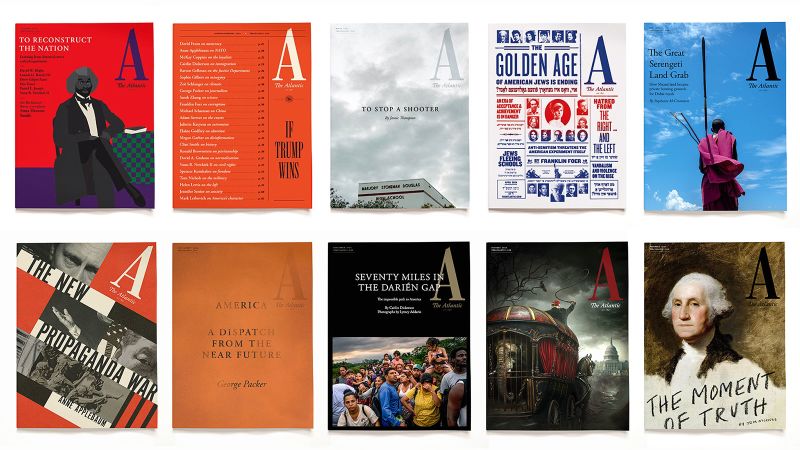In a surprising move, the 167-year-old magazine The Atlantic is increasing its publication frequency from 10 to 12 issues per year, returning to a monthly release schedule for the first time since 2002. This decision, made by editor-in-chief Jeffrey Goldberg, is a testament to the excellent journalism produced by the team and the enduring appeal of a well-designed magazine. Despite the trend of declining print publications in the digital age, The Atlantic has seen a return to profitability and surpassed one million subscriptions.
Goldberg attributes the decision to increase the print frequency to meeting the readers where they are and recognizing the continued popularity of the print magazine. Nearly half of the magazine’s subscribers receive both print and digital editions, indicating a strong demand for the physical publication. Goldberg points out the unique attributes of print publications, such as the ability to sit still and be enjoyed without the distractions of screens. This move reflects a belief in the enduring value of print media and its ability to provide intellectual and aesthetic pleasure.
The Atlantic’s decision to expand its print cycle comes at a challenging time for news organizations facing declining social media referrals and television ratings. Many news outlets have had to make significant cutbacks as their traditional business models struggle to adapt to the digital landscape. Goldberg emphasizes the need for continuous growth and innovation in order to stay competitive in the fast-paced media industry. The expansion plan not only appeals to subscribers but also provides opportunities for writers to be featured in print, a format that many still value.
In addition to increasing the print frequency, Goldberg announced plans to expand the reporting staff, with a particular focus on health coverage and the intersection of national defense, technology, and global conflict. The goal is for The Atlantic to become the premier destination for readers seeking education and illumination in these areas. This strategic investment in expanding coverage reflects The Atlantic’s commitment to providing high-quality journalism across a range of topics and ensuring its continued relevance in a rapidly changing media landscape.
The decision to increase print issues is part of a broader industry trend where traditional media outlets are rediscovering the value of print publications. This move reflects an understanding of the unique qualities of print media that continue to appeal to readers seeking a break from the constant digital noise. The Atlantic’s expansion is a bold step that sets it apart from other magazines and newspapers, showcasing a commitment to journalism and innovation in the face of industry challenges. With its renewed focus on print and digital offerings, The Atlantic is positioning itself as a leading source of in-depth, thought-provoking content for readers in search of quality reporting and analysis.













